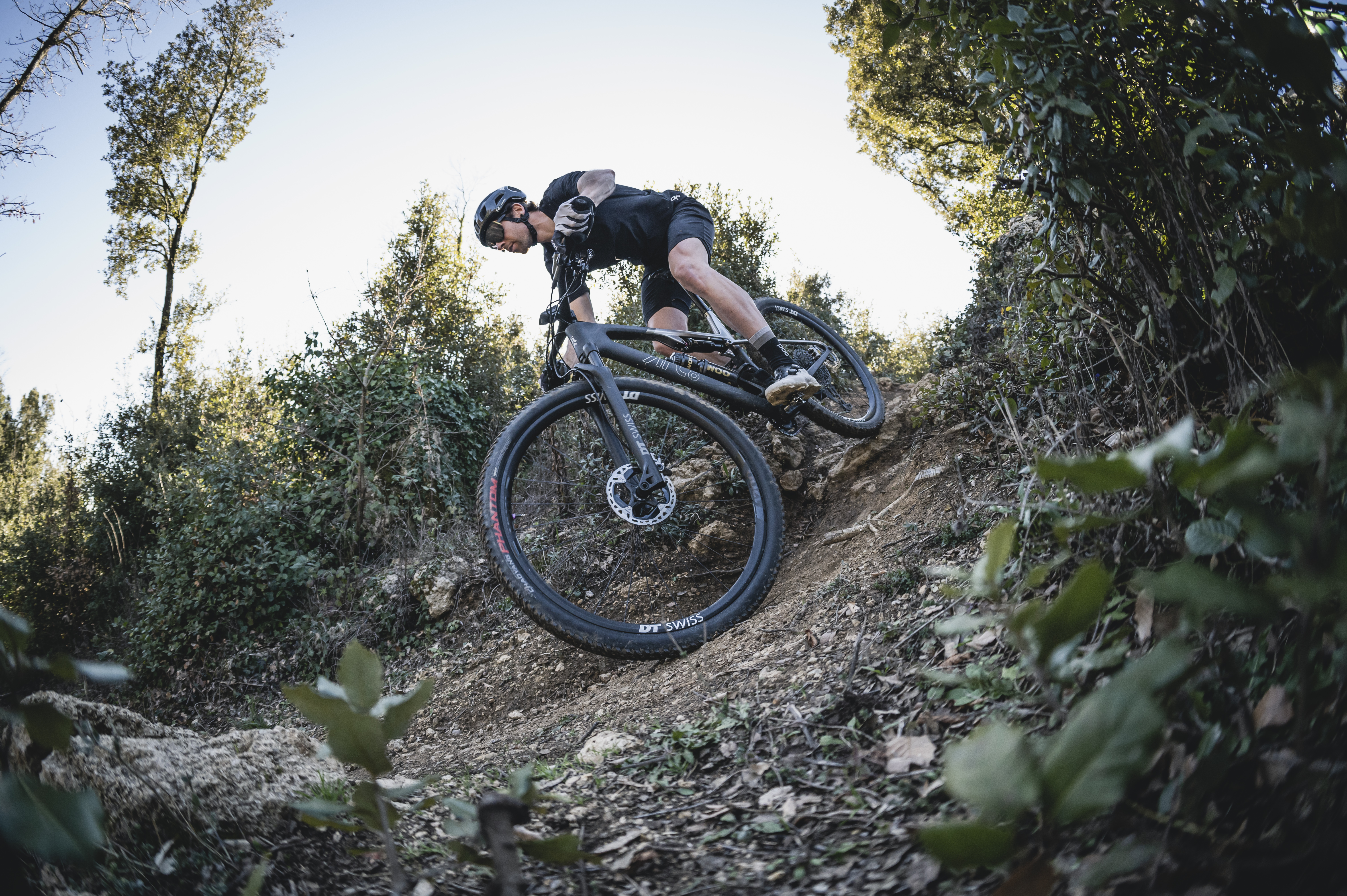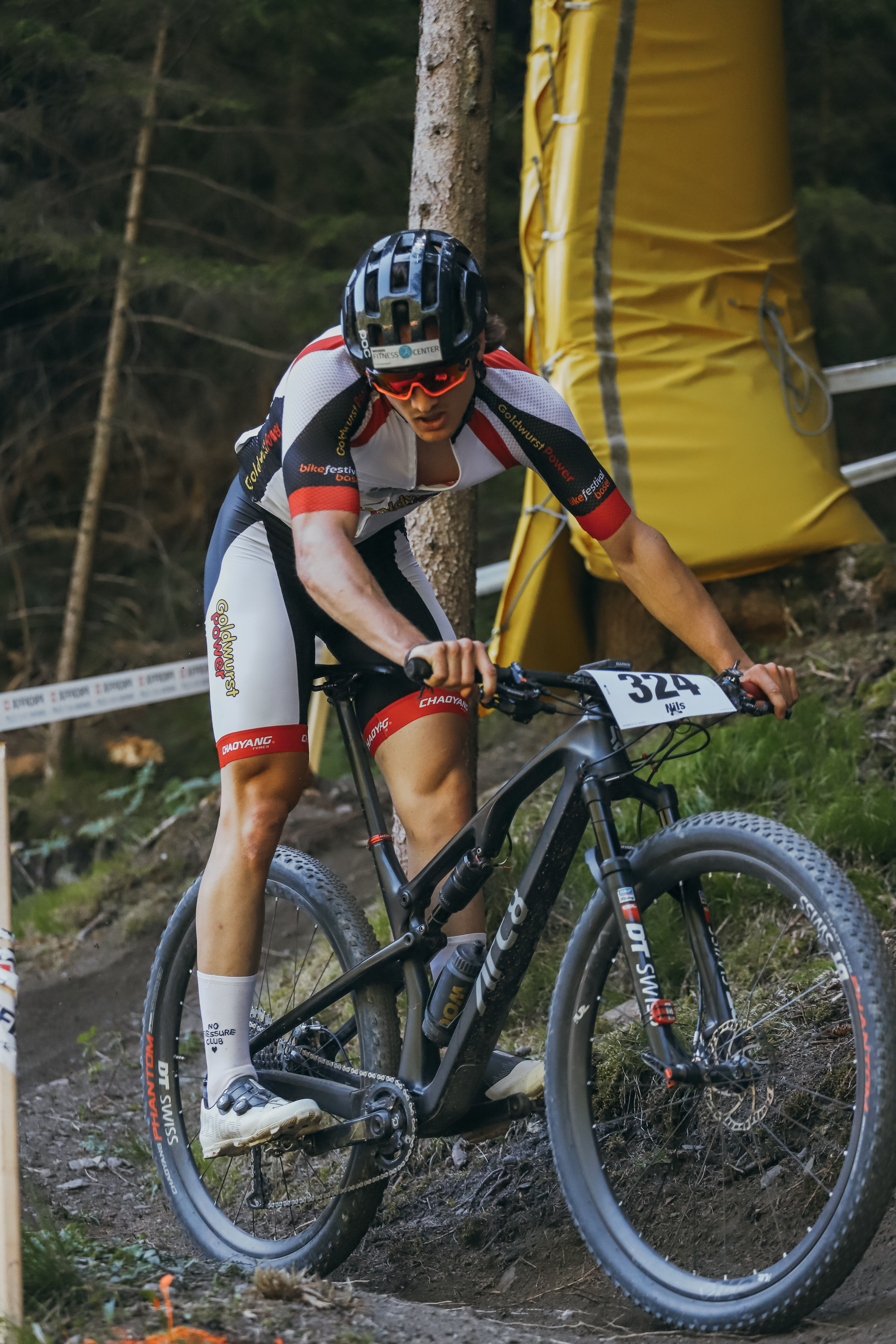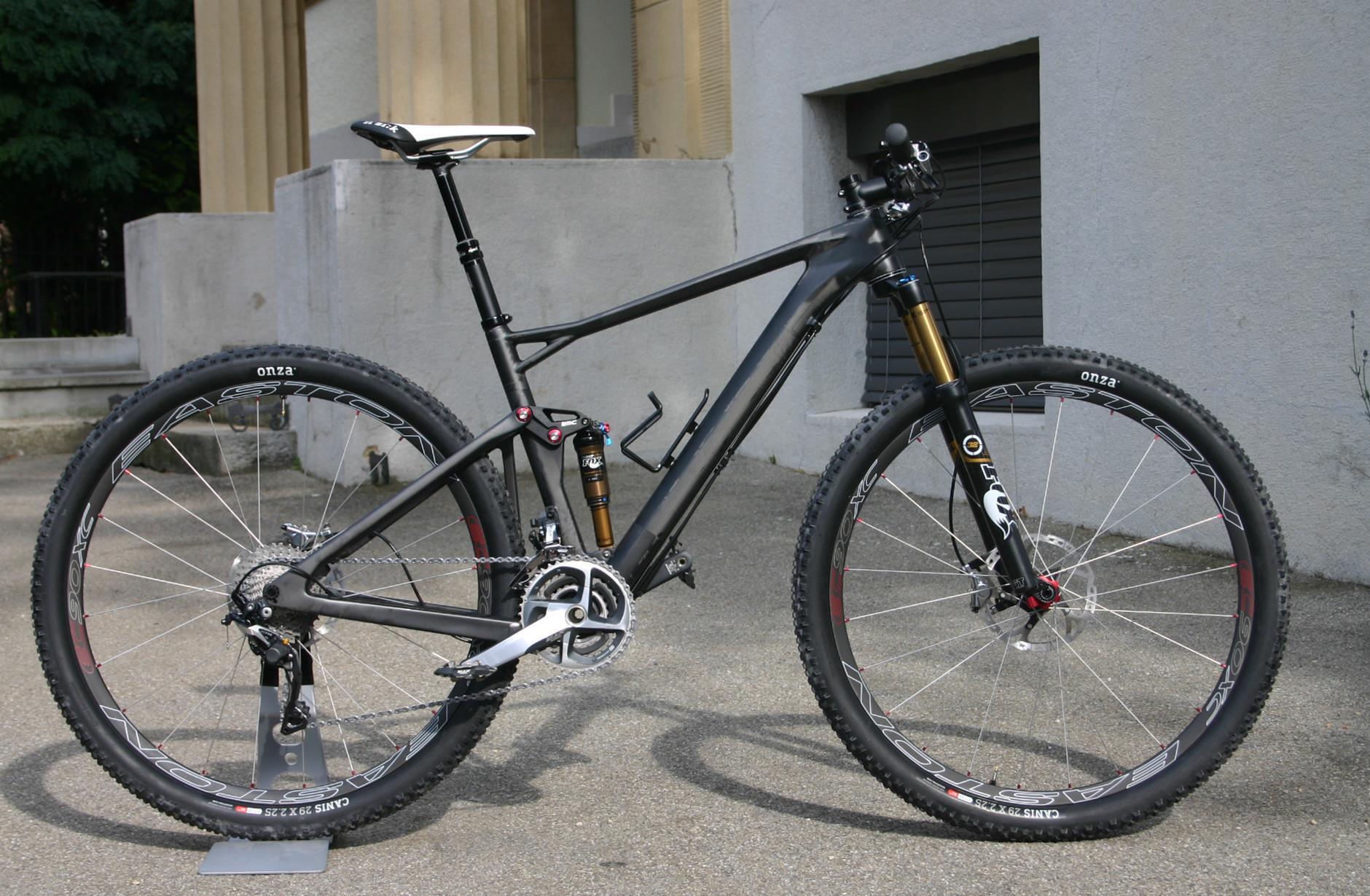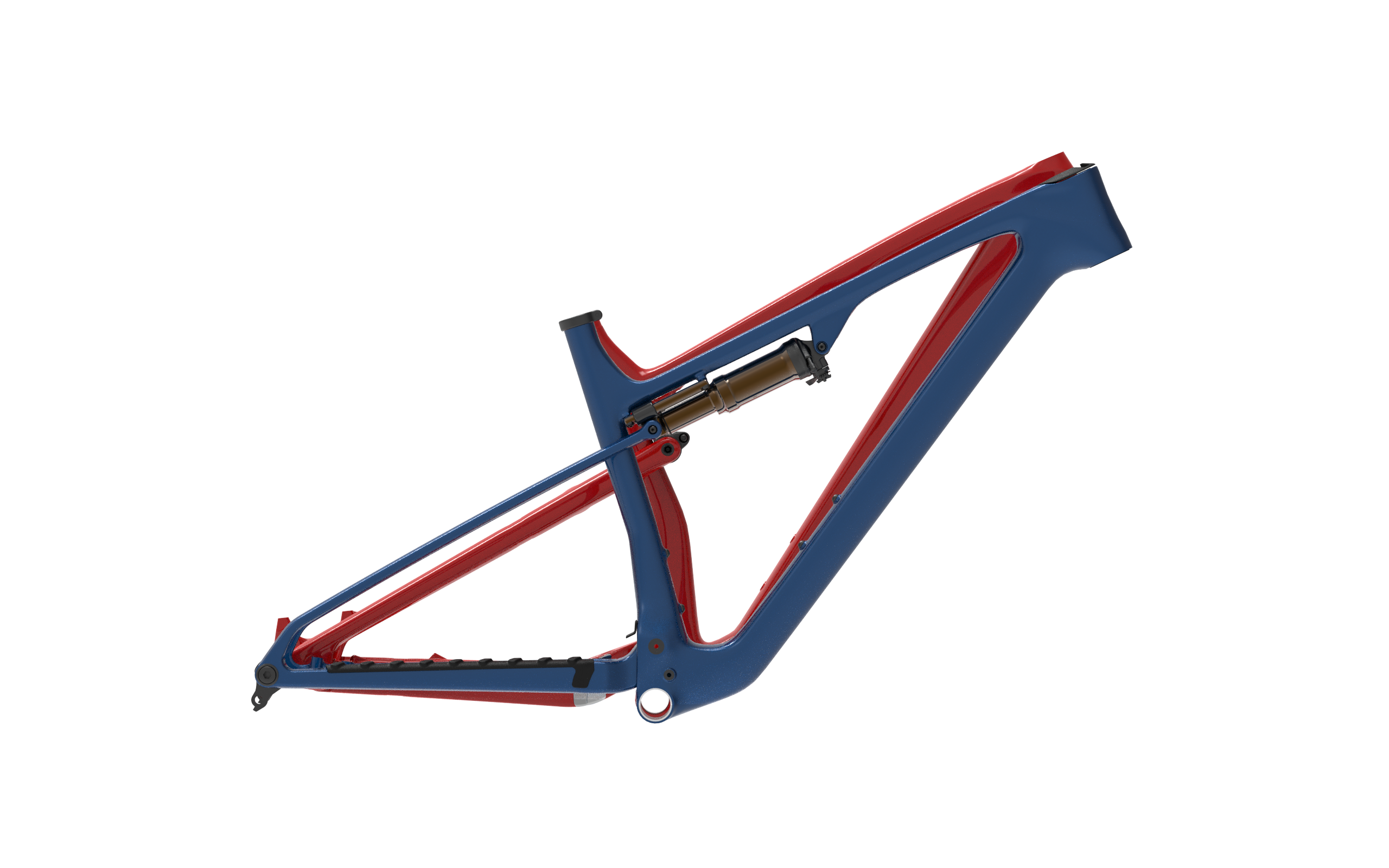

How and why did we get into developing a XC race bike?
The project that started ARC8 was the Essential. Drawings for this bike were done in 2016, and it was planned to be an aggressive trail bike. It turned out to be exactly the bike we wished for - very efficient in the climbs, but much more capable than you would expect in the downhills. It was never planned to be an XC race bike, so we were a bit sceptical when people started to build it for racing. But then it turned out, we accidentally built a great XC bike too. This was not only due to the bike, but also XC racing approaching more and more what we like in trail riding. Descending capabilites became more important, handlebars wider and dropper posts a common sight. Which also meant we could identify more with XC racing.
Seeing those trends, and how capable the Essential was, unavoidably led to the question: How good of a bike could we do if we designed it for that use on purpose? This question circled in our mind for months, we came up with ideas before ultimately we decided to give it a go.

Seeing guys like Nils racing the Essential got us excited about XC racing. Not only did it prove the Essential to be a capable XC race bike, but they also absolutely send it.
To our understanding, Down Country started as a joke and by now turned into a term describing a category of bikes: XC bikes with enhanced capabilites due to longer forks, wider bars, shorter stems, and dropper posts. Such bikes existed since a long time, but were rarely offered by manufacturers as a stock configuration. Despite starting as a joke, we like the popularity of Down Country, as it is a type of bike we really enjoy riding. In fact, Jonas' personal favorite for riding the local trails a long time back was exactly that.
But upgrading an XC bike comes with compromises: Putting a longer fork into the bike will raise the BB and make the seat tube angle slacker, reach is often too short for stubby stems, and seat tubes too long to fit dropper posts with a decent amount of travel. So we approached the Evolve from the other side: We designed it with a Down Country specification and use in mind from the start.
We did so expecting the XC bikes of the future to be what we know by now as Down Country bikes.

Yes, this is a bike from a different manufacturer, one that Jonas used to work for. This is his personal bike 10 years ago, an XC bike with dropper post, 120mm fork, 70 mm stem and a 750 mm bar. Sounds downcountry to us, even though we did not know this term by then.
Creating a new bike only made sense for us knowing that we can make a product that stands out. We knew we can make it extremely light, but just being light was not enough. The Essential was a great bike, but it was designed to not only be used under our own brand, meaning it had to appeal to a very large range of people. To us it was clear, the Evolve will have much more character, a sharper profile. Studying our competitor's bikes it became clear they are moving in the right direction but at slow speed, especially in terms of geometry. Why take baby steps if we already know where we inevitably end in a few years time? So we gave the Evolve a geometry of the future. It was a bold move and commercially a risk, but after riding it we are sure it is the right way and we could not go back to a more traditional geometry.

Longer, lower, slacker? yes.
Will we be back in between the tapes? This may or may not happen. But will we race? For sure! It is the race so many of us know: The race to get in one more trail before sunset, or to complete a lap in time over a lunch break. Having a fast bike in these situations means more fun.

When you need to fit a quick lunch ride into your schedule.